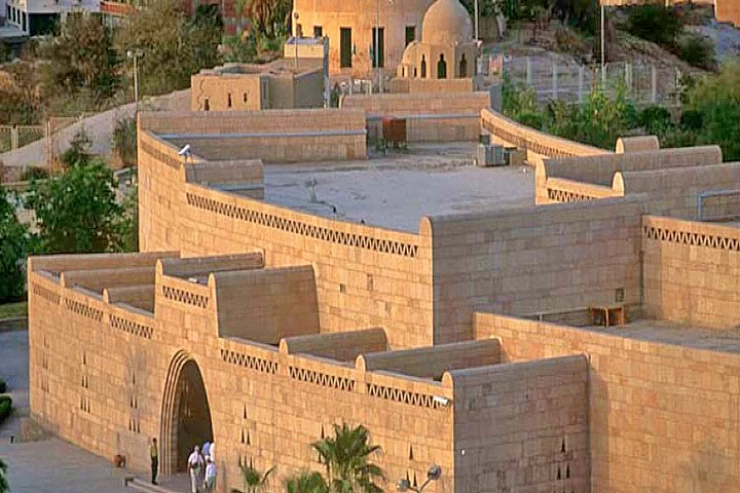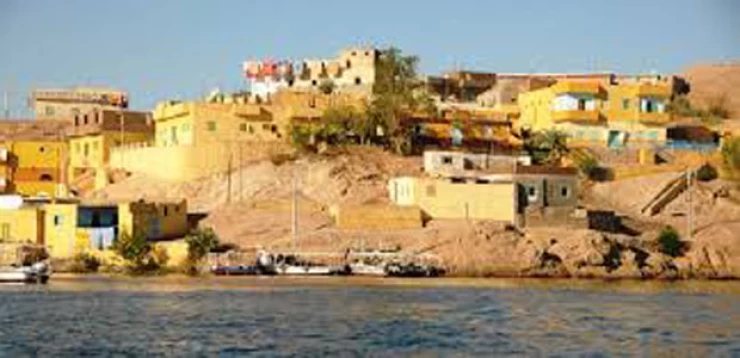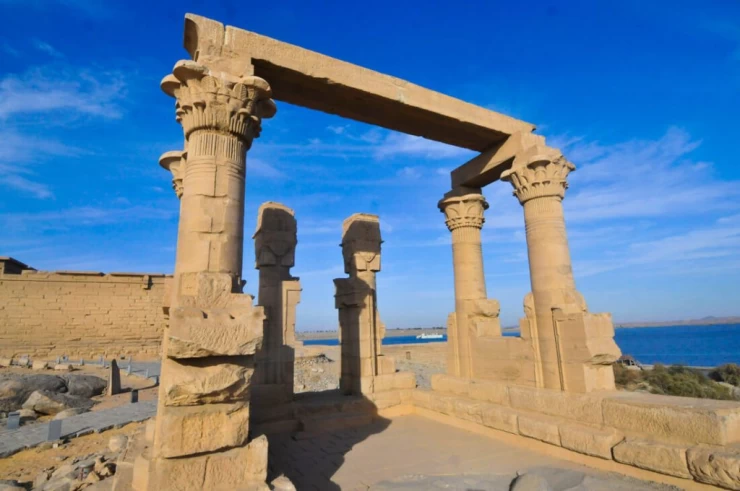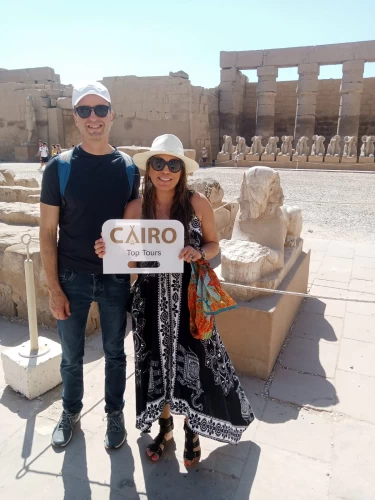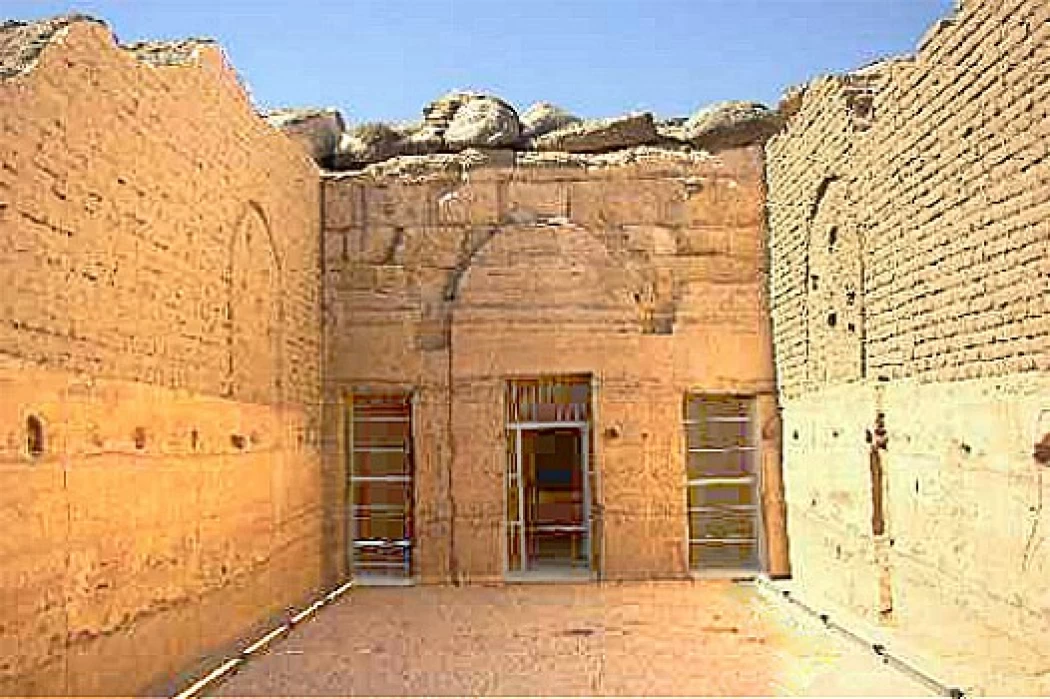
Temple of Beit El-Wali Aswan | Nubian Monuments | Nubia Egypt
Temple of Beit el-wali in Nubia
Beit el-Wali, meaning "House of the Holy Man," may have been occupied by a Christian hermit. In the 1960s, two temples and the Kalabsha temple were relocated due to Aswan Dam construction.
Beit el-Wali Temple was built initially by Ramses II and it was accomplished and painted, during the reign of one of the most famous monarchs of the same dynasty, It is considered a prominent temple from many structures that would have been completely submerged by the rising water of lake Nasser, if an international salvage campaign had not taken place within which most of the temples were removed from their original locations to be reconstructed on a higher ground level, leaving their original sites to sink below a hundred meters deep lake.
Today, the current structure of the temple is in southern Aswan, and it was mainly dedicated to God Amoun and his associated deities.
Nubian Art History
The temple consists of three chambers, an entrance hall, and an offering hall, The north, and the south walls were embellished with war scenes mostly commemorating the victories that the Egyptian empire achieved against the Hittites of Syria throughout the New Kingdom and specifically during the Kadesh battle and other scenes of the pharaoh receiving all kinds of offerings and prisoners.
The Battle of Kadesh took place between the Egyptian Empire and the Hittite Empire in the 13th century BC, with the former led by Ramses II and the latter by Muwatalli II.
In the middle section, the heir of the throne could be seen in one row with the king, in high reliefs, fronted by kneeling captives whose facial features show Syrian and Libyan origins.
Everywhere in the temple, there are more scenes depicting Ramesses II's triumph over the Nubians.

King Ramses II
The scenes of the Nubian campaigns show several sons of Ramesses II (The pharaoh who had 200 sons),
There is also a central doorway, its rock ceiling is supported by two architraves oriented north-south, supported by two columns. At the end of this hall in the rear wall exists a niche with three statues representing Ramesses II between two deities.







